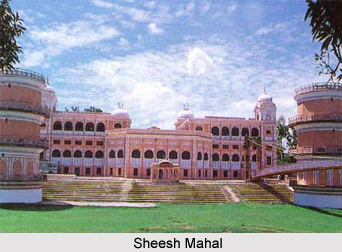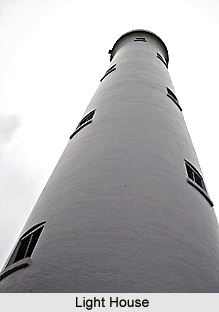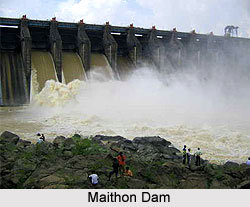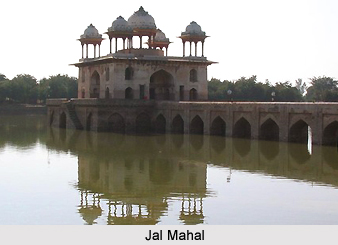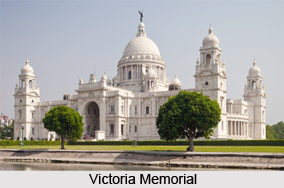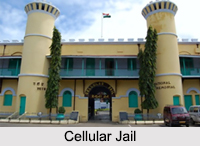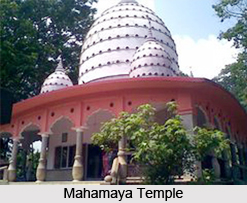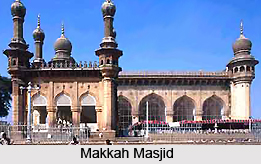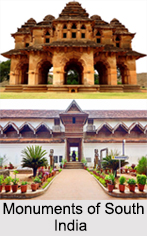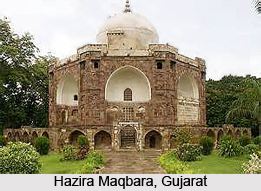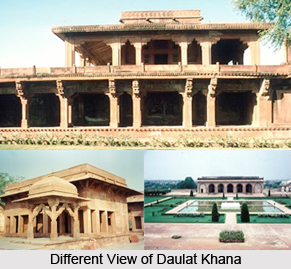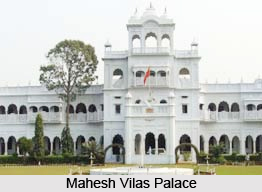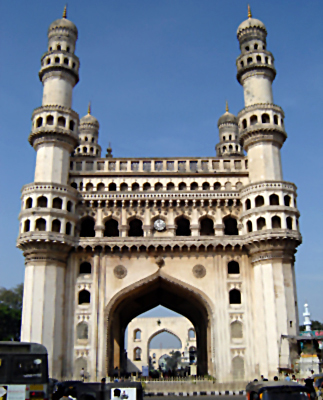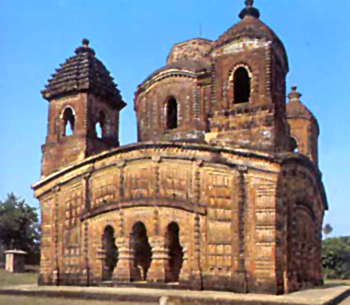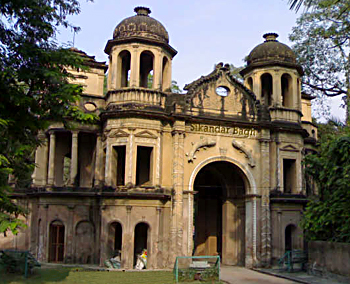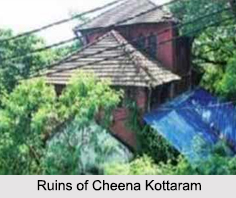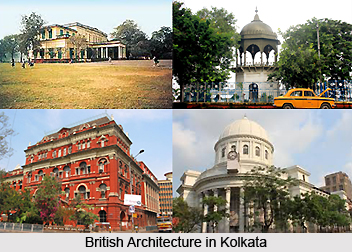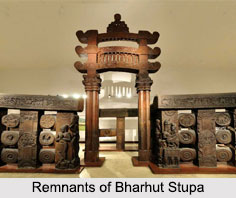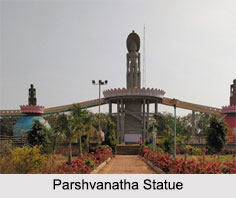 Parshvanatha Statue is the tallest statue of the Jain Tirthankara Parshvanatha situated in Navagraha Teertha at Varur near Hubli, Karnataka. This Jain Temple houses a 61 feet (18.6 m) tall monolithic idol of the Shri Bhagawan Parshvanatha in the Kayotsarga Mudra and the smaller statues of the other 8 Jain Tirthankaras. The statue is the tallest statue of the Jain deity Parshvanatha in India and weighs 185 tons. Parshvanatha Statue stands on a 48 foot (14.6 m) high pedestal (109 feet total). It is believed that the Graha Doshas of nine planets can be conciliated by worshiping following nine Tirthankaras.
Parshvanatha Statue is the tallest statue of the Jain Tirthankara Parshvanatha situated in Navagraha Teertha at Varur near Hubli, Karnataka. This Jain Temple houses a 61 feet (18.6 m) tall monolithic idol of the Shri Bhagawan Parshvanatha in the Kayotsarga Mudra and the smaller statues of the other 8 Jain Tirthankaras. The statue is the tallest statue of the Jain deity Parshvanatha in India and weighs 185 tons. Parshvanatha Statue stands on a 48 foot (14.6 m) high pedestal (109 feet total). It is believed that the Graha Doshas of nine planets can be conciliated by worshiping following nine Tirthankaras.
The construction of Navagraha Teertha began in January 2005. The work was supervised by Sri Gunadhar Nandi Maharaj, supported by Sri Dharmasena Bhattaraka Swamiji and hundreds of volunteers with donations from philanthropists.
This article is a stub. You can enrich by adding more information to it. Send your Write Up to content@indianetzone.com.
